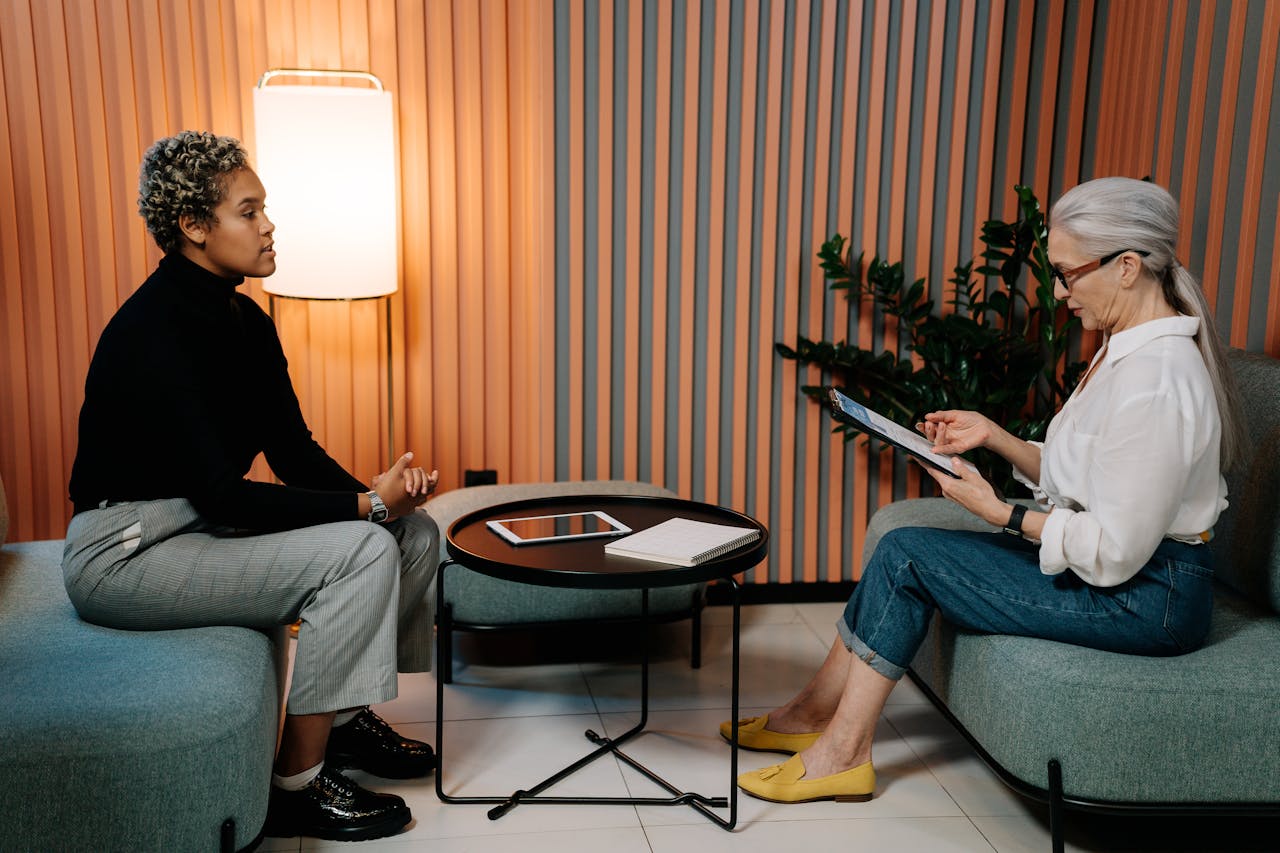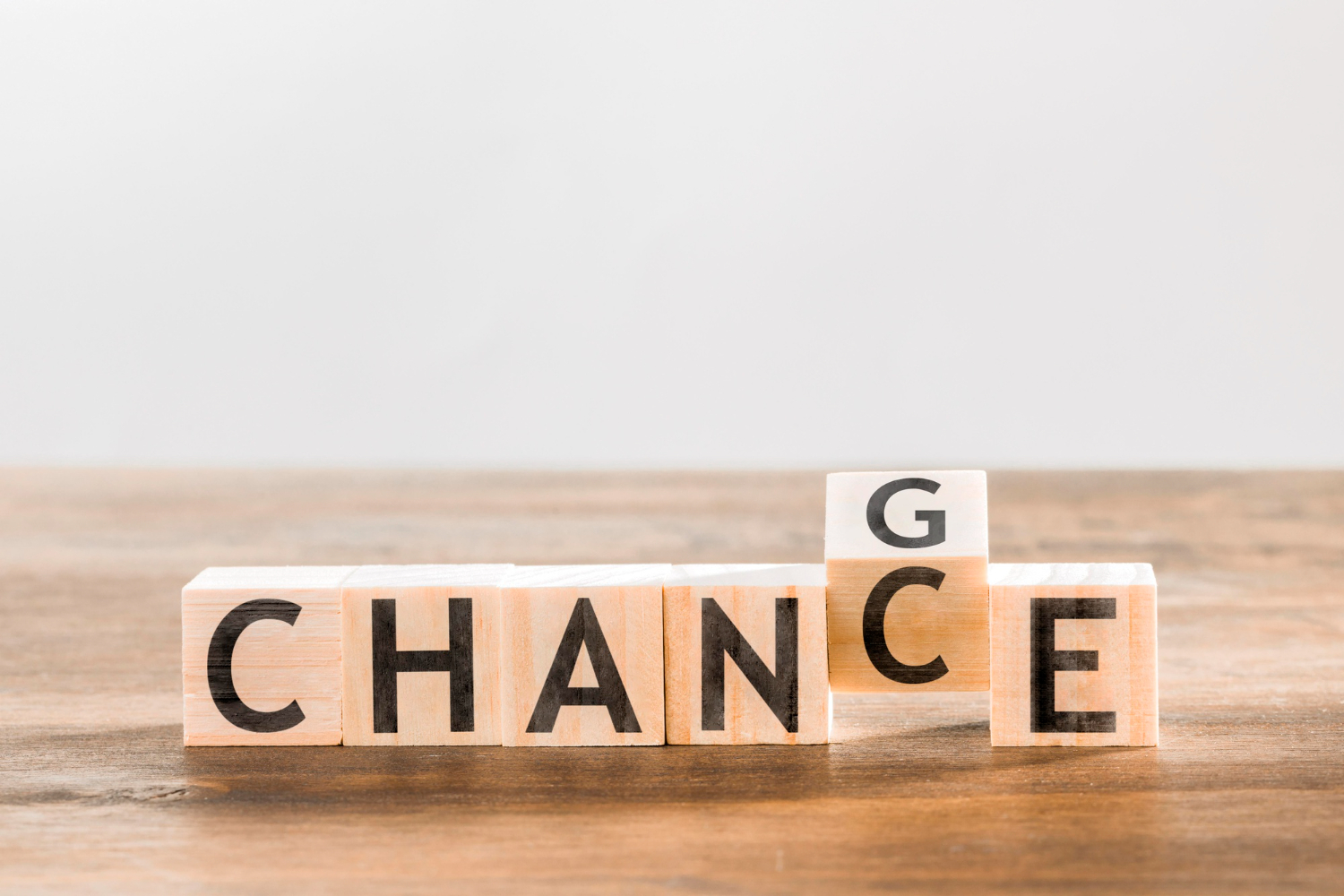How to Ace the Job Interview? Insider Tips from a Career Coach

Feeling nervous before a job interview is completely normal. It simply means you care about the outcome. The key is to channel that energy into preparation so you can present yourself clearly and confidently.
It helps to remember that an interview is not just an assessment of you, it’s a conversation between two parties deciding if they are the right fit for each other. You are evaluating the role, the team, and the organisation just as much as they are evaluating your skills and experience.
In this guide, you will find practical steps you can take before, during, and after an interview to improve your chances of success. We will cover how to prepare effectively, how to respond to common interview questions and answers, and how to follow up in a way that leaves a positive impression. By the end, you will have a clear structure to follow and the confidence to walk into your next interview ready to perform at your best.
4 Steps to Ace the Job Interview
A successful job interview is the result of preparation, focus, and follow-through. These four steps cover what to do before, during, and after the conversation so you can present yourself clearly and assess whether the role is right for you.
Step One: Preparing Before the Job Interview
Start by researching the company’s website, social media channels, and any recent news to understand its goals, values, and work culture. This knowledge allows you to tailor your answers to their priorities. Review the job description in detail, noting the key skills and experience required. Match each one with specific examples from your own background.
Practise answering common questions such as “Tell me about yourself” and “Why do you want this role?”, both of which are opportunities to give a clear, confident self introduction for an interview that highlights your most relevant experience. For behavioural questions, use the STAR method (Situation, Task, Action, Result) to keep your answers structured and relevant.
- Situation – Briefly describe the context or background.
- Task – Explain your responsibility or objective in that situation.
- Action – Outline the specific steps you took to address the situation.
- Result – Share the outcome, ideally with measurable results or a positive impact.
If you need to reply to interview invitation emails, confirm your availability promptly, thank the sender for the opportunity, and clarify any details such as time, format, or location. This sets a professional tone before you even meet in person. Prepare a short list of references, examples of your past work, and a few thoughtful questions for the interviewer. Finally, choose your interview attire in advance to avoid last-minute decisions.
Step Two: The Day of the Interview
Bring several printed copies of your CV, along with a notebook and pen for taking notes. Aim to arrive 10–15 minutes early, allowing time for unexpected delays and to observe the workplace. Treat everyone you meet with professionalism and respect.
During the job interview, keep your answers concise and focused, linking them back to the skills and achievements that match the role. Maintain a positive tone, be truthful about your experiences, and where relevant, explain how you have addressed challenges in the past.
Avoid speaking negatively about previous employers and focus instead on what you have learned from prior roles.
Step Three: Handling Common Interview Questions Like a Pro
Prepare clear, concise answers for the questions you are most likely to face. For “Tell me about yourself,” focus on a brief summary of your professional background that directly relates to the role.
For “Why should we hire you?” highlight your most relevant skills and achievements, linking them to the company’s needs.
When asked “What is your greatest weakness?”, choose a genuine area you have worked to improve and explain the steps you have taken.
For behavioural interview questions and answers, use the STAR method to provide structured examples. This approach keeps your answers focused on what you did and the results you achieved. Avoid overlong explanations, aim for responses that last one to two minutes. Where possible, link each answer to the requirements in the job description to reinforce your suitability for the role.
Step Four: After the Job Interview
Once the interview ends, send a thank-you email to each person you met within 24 hours. Mention specific points from your conversation to personalise your message. If a recruiter is involved, follow up with them to confirm next steps and provide any additional information requested, such as references or work samples.
While waiting for a decision, continue applying for other roles to keep your job search moving. This not only maintains momentum but also reduces pressure on a single outcome. Treat each job interview as an opportunity to refine your approach, using feedback and self-reflection to improve for the next one.
Mindset Shifts That Change Everything
Approaching interviews with the right mindset can reduce pressure and improve performance. First, see the job interview as a mutual evaluation. You are not only being assessed, you are also deciding if the role and organisation match your values, career goals, and working style.
Second, treat rejection as part of the process, not a reflection of your worth. Many factors influence a hiring decision, and not all are within your control. Use each job interview as a learning experience to refine your preparation, responses, and confidence.
Third, focus on progress over perfection. You do not need flawless answers to make a strong impression; employers value authenticity, self-awareness, and a willingness to learn. Recognising your strengths while acknowledging areas for growth shows maturity and adaptability.
Lastly, remember that your career is a long-term journey. An interview is one step forward, whether it leads to an offer or to greater clarity about what you want in your next role.
Frequently Asked Questions
How should I introduce myself in an interview?
Keep it brief and focused on your professional background. Start with your current role or most recent experience, mention two or three key skills or achievements, and explain how they relate to the position you are applying for. Avoid personal details unless they are directly relevant to the job.
What is the best way to reply to an interview invitation?
Respond as soon as possible to confirm your attendance. Thank the sender for the opportunity, restate the interview date and time to avoid confusion, and ask for any additional details you may need, such as location, parking, or online meeting links. This shows professionalism and attention to detail.
How do I discuss salary expectations in a UAE interview?
Research the market range for similar roles in your industry and location. If asked, give a range based on your findings rather than a single figure, and state that you are open to discussion depending on the full package, including benefits. This shows flexibility while maintaining clarity.
How do I handle questions about my current or previous employer?
Be honest but professional. Focus on what you learned and the skills you developed, rather than speaking negatively about people or organisations. If you left for a better opportunity or career growth, say so directly.
How do I prepare for role-specific questions in the UAE?
Review the job description closely and identify the technical skills, industry knowledge, and cultural awareness required. Be ready to give examples of when you have applied these skills in your work. For roles in the UAE, be aware of local business etiquette and workplace diversity, as these are often valued by employers.
- August 2025
- July 2025
- June 2025
- May 2025
- April 2025
- March 2025
- February 2025
- January 2025
- December 2024
- November 2024
- October 2024
- September 2024
- August 2024
- July 2024
- June 2024
- May 2024
- December 2023
- November 2023
- August 2023
- July 2023
- June 2023
- May 2023
- April 2023
- March 2023
- February 2023
- January 2023
- December 2022
- November 2022
- October 2022
- September 2022
- August 2022
- July 2022
- June 2022
- May 2022
- April 2022
- March 2022
- February 2022
- January 2022
- December 2021
- November 2021
- October 2021
- September 2021
- August 2021
- July 2021
- June 2021
- May 2021
- April 2021
- March 2020
- February 2020
- January 2020
- December 2019
- November 2019
- October 2019
- September 2019
- August 2019
- July 2019
- June 2019
- May 2019
- April 2019
- March 2019
- February 2019
- January 2019
- December 2018
- November 2018
- October 2018
- September 2018
- August 2018
- July 2015
- May 2014








